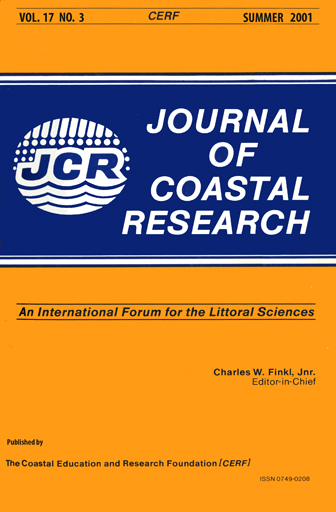Coastal Salt Marsh Systems in the U.S.: A Review of Anthropogenic Impacts
Keywords:
Human activities, relative sea-level rise, subsidence, shoreline retreat, wetland loss.Abstract
During the past century, human modification of environmental systems has greatly accelerated tidal salt marsh deterioration and shoreline retreat in many coastal regions worldwide. As a result, more than 50% of the original tidal salt marsh habitat In the U.S. has been lost. Numerous human activities have contributed directly or indirectly to wetland loss and alteration at local, regional, and global scales. Human impacts at the local scale include those that directly modify or destroy salt marsh habitat such as dredging, spoil dumping, grid ditching, canal cutting, leveeing, and salt hay farming. Indirect impacts, which can be even more significant, typically are those that interfere with normal tidal flooding of the marsh surface, alter wetlands drainage, and reduce mineral sediment inputs and marsh vertical accretion rates. These impacts usually develop over a greater period of time. At the regional scale, subsidence caused by subsurface withdrawal of groundwater, oil, and gas has submerged and eliminated hundreds of square kilometers of salt marsh habitat in the Chesapeake Bay, San Francisco Bay, and Gulf of Mexico. At the global scale, atmospheric warming due to Increased burden of anthropogenic greenhouse gases and tropospheric sulfate aerosols appears to be strongly coupled to glacial melting, thermal expansion of ocean waters and eustatic sea-level rise. Changes in coastal water levels ascribable to eustatic sea-level rise pose a long-term threat to the stability and viability of these critically important coastal systems.Downloads
Published
2001-07-27
Issue
Section
Articles


